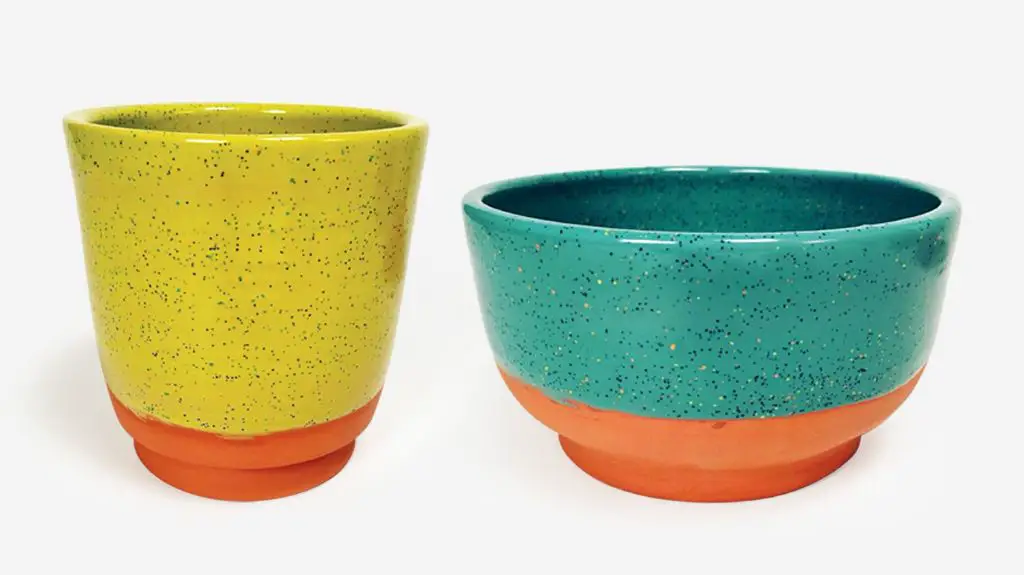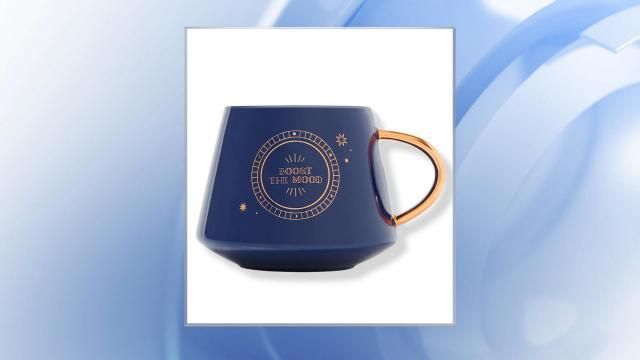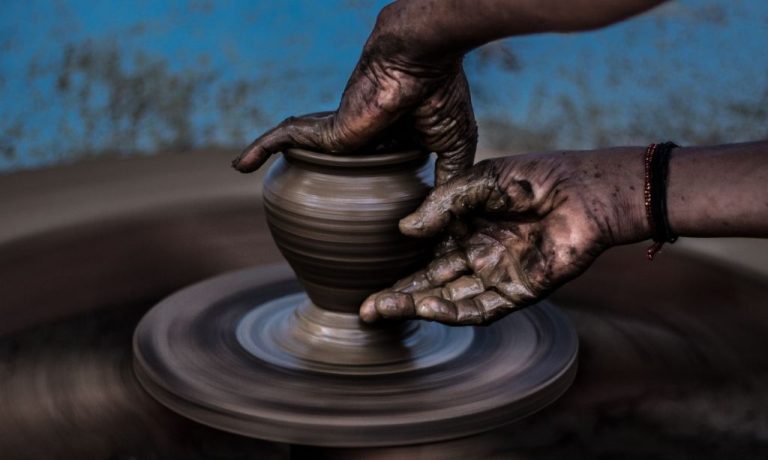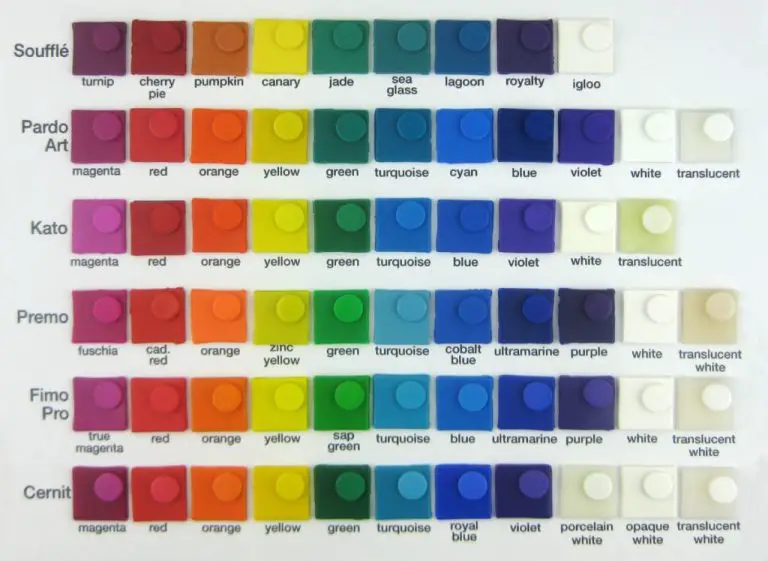Can You Use Mayco Stroke And Coat On Greenware?
What is Mayco Stroke and Coat?
Mayco Stroke and Coat is a line of products designed for coloring and finishing greenware pottery. According to Mayco’s product brochure, “Stroke & Coat is an all-purpose slip formulated for coloring and creating special effects on unfired pottery and bisqueware.”
Stroke and Coat comes in a variety of colors that can be layered or blended to create unique effects on greenware. It goes on smoothly and dries to a satiny matte finish.
As the product overview states, “Stroke & Coat is an exceptional product for solid color application as well as banding, trailing, pooling, texturing and other special effects” (Mayco Stroke and Coat Brochure). It allows artists to add color, patterns, and textures to greenware pieces before firing.
Can It Be Used on Greenware?
Yes, Mayco Stroke and Coat is specifically formulated to be used on greenware or unfired clay. According to the Mayco Stroke and Coat brochure, it can be applied directly to wet or leather-hard clay.
It’s important to understand the difference between greenware and bisque. Greenware refers to unfired clay that has dried to a solid state, but has not yet been fired in a kiln. Bisque refers to clay that has been fired once at a low temperature to harden and prepare it for glazing. Mayco Stroke and Coat can be used on either greenware or bisque.
The specially formulated paints in Stroke and Coat are designed to adhere well to porous greenware. Using Stroke and Coat on greenware allows colorful designs to be applied before the first firing, saving an extra kiln firing step compared to if glaze was applied after bisque firing.
Benefits of Using on Greenware
Using Mayco Stroke and Coat on greenware provides several advantages over waiting until after the first firing:
Saves Time/Extra Firing Step – Applying Stroke and Coat to greenware allows you to complete the coloring in one firing rather than having to fire once before applying color. This saves the time and effort of an extra firing step.
More Vibrant Colors – Stroke and Coat colors tend to turn out more vibrant when applied directly to greenware. The colors develop fully during firing rather than interacting with an already fired bisque surface.
Smoother Application – Applying Stroke and Coat to greenware leads to a smoother, more even application. Bisque ware tends to absorb more glaze unevenly leading to blotchiness.
Overall, using Stroke and Coat on greenware leads to faster creation of pieces with brighter, more uniform colors. This makes it an appealing option for many ceramic artists looking to streamline their process and achieve stunning results.
How to Apply to Greenware
Applying Mayco Stroke and Coat to greenware is easy with just a few simple steps. First, make sure the surface of the greenware piece is smooth and free of debris. Use a slightly damp sponge to wipe down the piece and remove any loose particles or dust.

Next, stir the Stroke and Coat well before using since the pigments may settle. Use a soft bristle brush to apply the Stroke and Coat. Soft bristles allow the glaze to be brushed on smoothly without disrupting the surface of the greenware. Apply 2-3 thin, even coats allowing each coat to dry for a few minutes in between. Multiple thin coats provide good coverage and prevent drips or runs.
Let the final coat dry completely before handling. The number of coats needed can vary based on the color used and coverage desired. Darker colors may require an extra coat. Refer to the manufacturer’s instructions for additional tips on application.
As noted in the Mayco Stroke and Coat brochure, “Apply Stroke & Coat® directly to wet or leatherhard clay and fire to cone 04. Colors retain their vibrancy with huge time savings.” [1]
Tips for Best Results
When using Mayco Stroke and Coat on greenware, following some best practices will help achieve the best results.
First, it’s important to let each coat dry fully before adding another layer. The paint needs sufficient time to bond with the clay surface. Rushing the drying time can lead to cracking or peeling. Allow at least 24 hours between coats. Use a hairdryer to speed up drying if needed.
Second, thinning the paint slightly with water will help it adhere better to the greenware surface. Add just 1-2 drops of water per brushload of paint. Too much water will make the paint runny and transparent.
Lastly, build up the color slowly with multiple sheer layers. Start with a very diluted first coat, then increase paint opacity with each additional layer. This creates better blending and a smoother overall look compared to applying heavy coats right away. As recommended by experienced ceramic artists (source), “Use multiple thin coats instead of one thick coat for best results with Stroke and Coat on greenware.”
Common Issues to Avoid
When using Mayco Stroke and Coat on greenware, there are some common issues that can arise if proper techniques are not followed. Below are some of the most common problems and how to prevent them:
Applying Too Thickly
It’s important not to apply Stroke and Coat too thickly on greenware. Doing so can lead to cracking or pitting as the material dries. Only a thin, even layer is needed for good coverage. If applying multiple layers, allow each coat to fully dry before adding another.
Not Letting Layers Dry
Similarly, it’s crucial to let each layer of Stroke and Coat fully dry before adding another layer or firing the piece. Insufficient drying can cause bubbling, cracking, or peeling. Allow at least 24 hours between coats.
Contamination Preventing Adhesion
Any oil, grease, or dust on the surface of the greenware can prevent proper adhesion of Stroke and Coat. Be sure to clean the piece thoroughly before applying any color. Wearing gloves while handling greenware can help prevent oils from hands causing issues.
Firing Schedule
When firing Mayco Stroke and Coat on greenware, it’s recommended to fire to cone 06 which is a low fire temperature of approximately 1652°F – 1664°F (899°C – 907°C). The Stroke and Coat needs to reach maturity in the kiln in order to fuse to the clay body properly. Firing too low can result in the product not adhering well, while firing too high can burn out the colors and cause bubbling.
It’s best to follow the manufacturer’s guidance for time and temperature when firing Stroke and Coat on greenware. According to Mayco’s product guide, a cone 06 firing schedule calls for 8 hours to reach 1000°F (538°C), a 30 minute hold, then raising the temperature 100°F per hour up to the maturing temperature of 1650°F (899°C), holding for 15 minutes, then allowing a natural cool down of the kiln overnight with the door closed [1]. This slower ramp up allows any moisture in the greenware to evaporate safely. Rapid temperature increases can risk steam explosions or cracking.
Always closely monitor the kiln and utilize cones when firing to ensure the Stroke and Coat reaches maturity without overfiring. Allowing proper hold times is also key for maturity and to prevent pinholes or blistering on the finished ware. With the correct firing schedule, Mayco Stroke and Coat products can produce vibrant finishes on greenware.
Safety Precautions
When working with Mayco Stroke and Coat on greenware, it is important to take safety precautions. Proper ventilation is critical when applying glazes as they can emit strong fumes. Working in an area with good airflow or using a vent hood can help reduce exposure to vapors. Wearing a dust mask is also recommended when sanding or cleaning up dried glaze, to avoid inhaling any particles.
The good news is that when fired properly, Mayco Stroke and Coat is certified non-toxic and safe for food use. The glazes are lead-free and contain no harmful chemicals according to Mayco’s safety data sheets (https://www.maycocolors.com/msds/). Once the glaze has been fired to the recommended cone temperature, it is rendered food-safe. However, precautions should still be taken during the application and cleaning process before firing. Following basic studio safety practices can help ensure Mayco Stroke and Coat can be used safely on greenware.
Cleanup and Storage
To clean brushes after using Stroke and Coat, simply rinse them thoroughly in water to remove any remaining glaze. It’s important to clean brushes immediately after use, as dried glaze can be difficult to remove. According to one source, “Clean up glaze drops over wax areas with damp sponge/rag” (Source).
For storage, be sure to seal Stroke and Coat containers tightly to prevent the glaze from drying out. Properly stored glaze can have a shelf life of many years. The manufacturer recommends storing at room temperature in a dry environment (Source). Tightly sealed containers will help maintain the optimal consistency of the glaze over time.
Alternative Greenware Paints
While Mayco Stroke and Coat is a popular choice for painting greenware, there are alternative paints to consider as well.
Some ceramicists prefer to use regular acrylic paints like those made by Apple Barrel or FolkArt (https://www.reddit.com/r/Ceramics/comments/15wiomb/can_mayco_stroke_and_coat_be_used_on_greenware/). These provide a wider range of colors at a lower cost. However, the coverage may not be as opaque and uniform as a specialized ceramic paint. Multiple coats are often needed for an even finish.
Another option is Amaco’s Velvet Underglazes, which work on both bisqueware and greenware (https://www.maycocolors.com/color/fired/stroke-coat/). They provide vivid colors with a smooth, velvety texture. The disadvantage is having fewer color choices compared to Mayco Stroke and Coat.
In general, Stroke and Coat offers a good balance of coverage, color selection, and ease of use on greenware. But ceramicists on a budget or desiring certain specialty colors may want to explore other paints as well.



